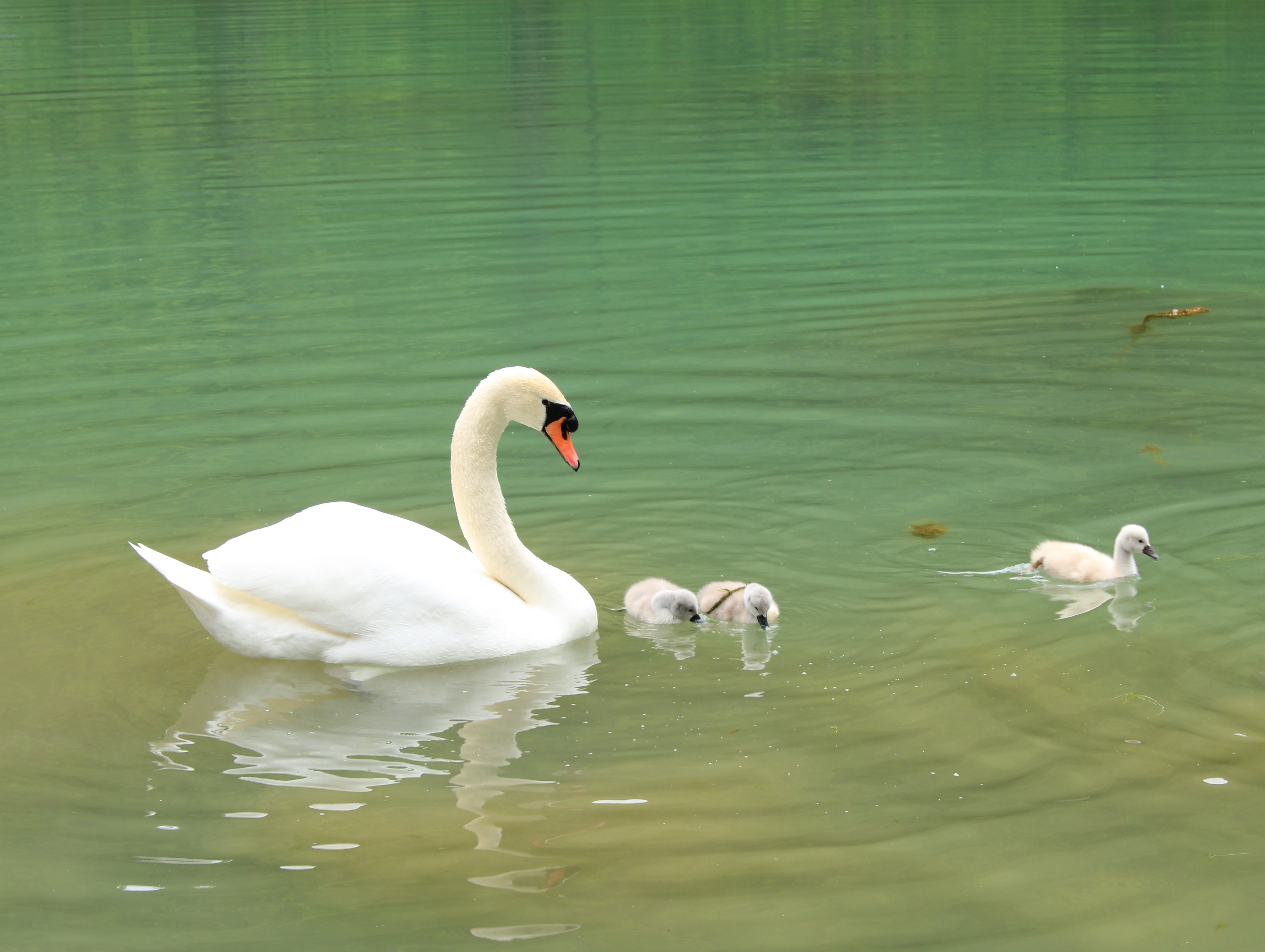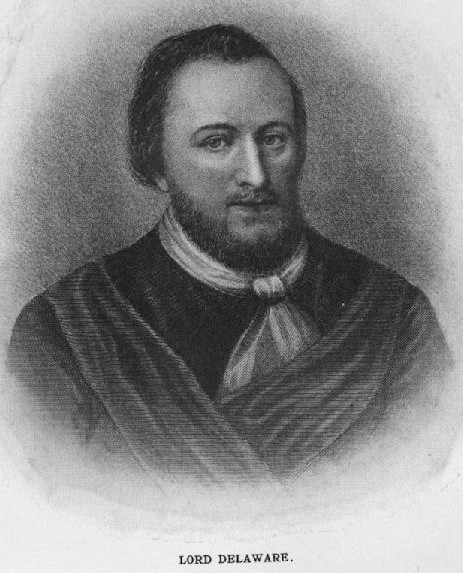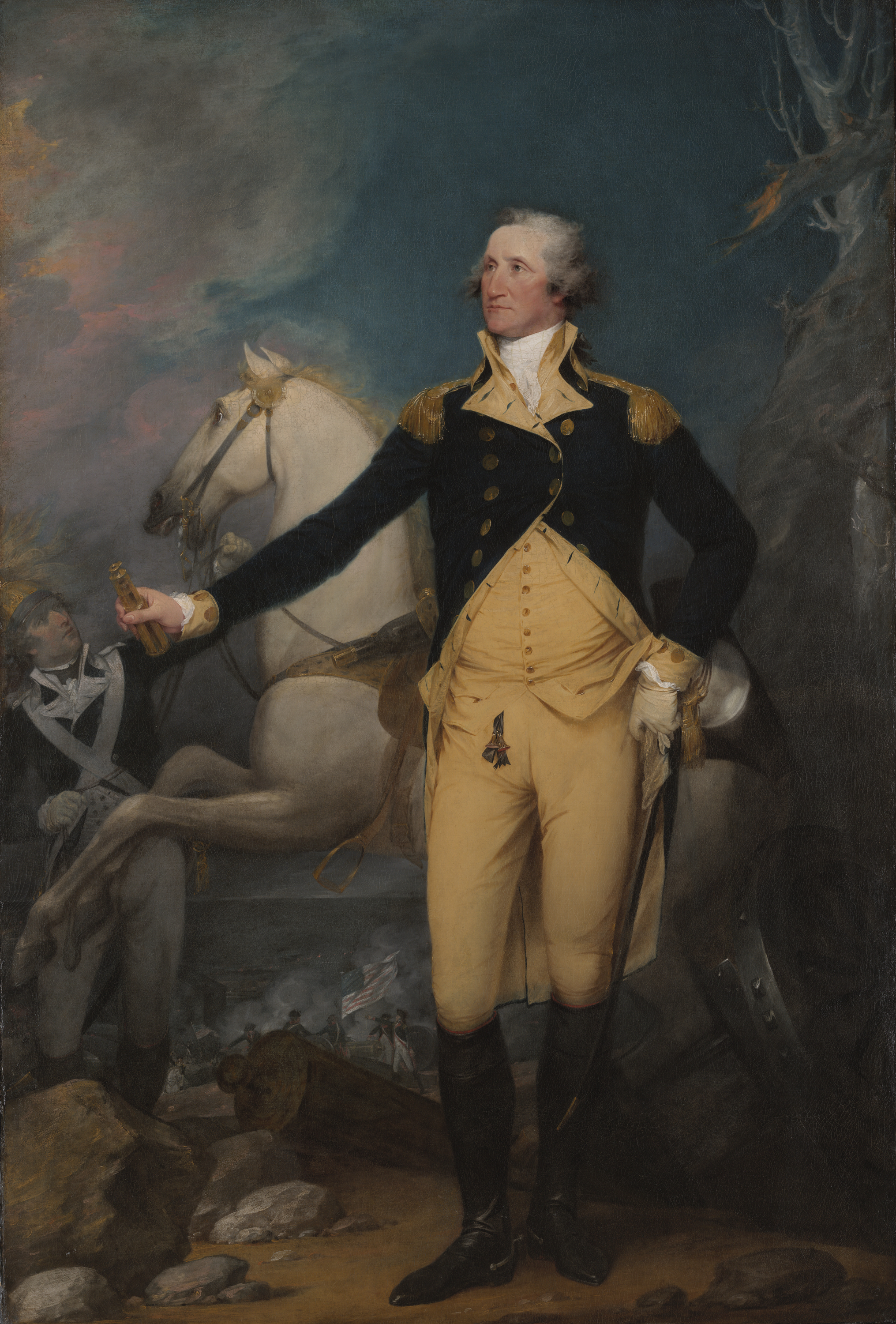|
HMS Swift (1777)
HMS ''Swift'' was a 14-gun Swan class ship-sloop, ''Swan''-class ship-sloop, launched on 1 January 1777. She was commissioned that month under Lieutenant George Keppel (Royal Navy officer), George Keppel and sailed for North America on 27 March. Command later passed to Thomas Lennox Frederick, who captained her in operations on the Delaware River. On 22 November 1778, she was in pursuit of an American privateer, ''Rattlesnake'', off Cape Henry in Chesapeake Bay. During the action ''Swift'' grounded on Middle Ground and she was burnt by her crew to prevent her from falling into enemy hands. Rattlesnake was wrecked also.Winfield p.282 Citations References * * Winfield, Rif, British Warships in the Age of Sail, ''British Warships in the Age of Sail 1714-1792: Design, Construction, Careers and Fates''. Seaforth Publishing, 2007. . External links * {{DEFAULTSORT:Swift (1777) Sloops of the Royal Navy 1777 ships Swan-class ship-sloops ... [...More Info...] [...Related Items...] OR: [Wikipedia] [Google] [Baidu] |
Swan-class Ship-sloop
The ''Swan'' class were built as a 14-gun class of ship sloops for the Royal Navy, although an extra two guns were added soon after completion. Design The class was designed by the Surveyor of the Navy, John Williams, and two vessels to this design ( ''Swan'' and ''Kingfisher'') were ordered in January 1766. Twenty-three more were ordered to the same design between 1773 and 1779; they formed the 'standard' ship sloop design of the British Navy during the American Revolutionary War, during which eleven of them were lost. Surviving vessels went on to serve during the French Revolutionary War and Napoleonic War. The design provided for 16 gunports (8 per side, excluding the bridle-ports) but one pair was initially left unoccupied, and the ships were always rated at 14 guns. However an eighth pair of guns was added from 1780 onwards to utilise the vacant ports, without any change in the nominal rating. The ''Swan'' class sloops were unusually attractive for the type of vessel ... [...More Info...] [...Related Items...] OR: [Wikipedia] [Google] [Baidu] |
Portsmouth Dockyard
His Majesty's Naval Base, Portsmouth (HMNB Portsmouth) is one of three operating bases in the United Kingdom for the Royal Navy (the others being HMNB Clyde and HMNB Devonport). Portsmouth Naval Base is part of the city of Portsmouth; it is located on the eastern shore of Portsmouth Harbour, north of the Solent and the Isle of Wight. Until the early 1970s, it was officially known as Portsmouth Royal Dockyard (or HM Dockyard, Portsmouth); thereafter the term 'Naval Base' gained currency, acknowledging a greater focus on personnel and support elements alongside the traditional emphasis on building, repairing and maintaining ships. In 1984 Portsmouth's Royal Dockyard function was downgraded and it was formally renamed the 'Fleet Maintenance and Repair Organisation' (FMRO). The FMRO was privatized in 1998, and for a time (from 2002 to 2014), shipbuilding, in the form of Shipbuilding#Modern shipbuilding manufacturing techniques, block construction, returned. Around 2000, the designat ... [...More Info...] [...Related Items...] OR: [Wikipedia] [Google] [Baidu] |
Builder's Old Measurement
Builder's Old Measurement (BOM, bm, OM, and o.m.) is the method used in England from approximately 1650 to 1849 for calculating the cargo capacity of a ship. It is a volumetric measurement of cubic capacity. It estimated the tonnage of a ship based on length and maximum beam. It is expressed in "tons burden" ( en-em , burthen , enm , byrthen ), and abbreviated "tons bm". The formula is: : \text = \frac where: * ''Length'' is the length, in feet, from the stem to the sternpost; * '' Beam'' is the maximum beam, in feet. The Builder's Old Measurement formula remained in effect until the advent of steam propulsion. Steamships required a different method of estimating tonnage, because the ratio of length to beam was larger and a significant volume of internal space was used for boilers and machinery. In 1849, the Moorsom System was created in the United Kingdom. The Moorsom system calculates the cargo-carrying capacity in cubic feet, another method of volumetric measurem ... [...More Info...] [...Related Items...] OR: [Wikipedia] [Google] [Baidu] |
Swan Class Ship-sloop
Swans are birds of the family Anatidae within the genus ''Cygnus''. The swans' closest relatives include the geese and ducks. Swans are grouped with the closely related geese in the subfamily Anserinae where they form the tribe Cygnini. Sometimes, they are considered a distinct subfamily, Cygninae. There are six living and many extinct species of swan; in addition, there is a species known as the coscoroba swan which is no longer considered one of the true swans. Swans usually mate for life, although "divorce" sometimes occurs, particularly following nesting failure, and if a mate dies, the remaining swan will take up with another. The number of eggs in each clutch ranges from three to eight. Etymology and terminology The English word ''swan'', akin to the German , Dutch and Swedish , is derived from Indo-European root ' ('to sound, to sing'). Young swans are known as '' cygnets'' or as '' swanlings''; the former derives via Old French or (diminutive suffix et 'little') f ... [...More Info...] [...Related Items...] OR: [Wikipedia] [Google] [Baidu] |
George Keppel (Royal Navy Officer) (1866–1921), British soldier, Chief Commissioner of Khyber-Pakhtunkhwa
{{hndis, Keppel, George ...
George Keppel may refer to: *George Keppel, 3rd Earl of Albemarle (1724–1772), British general, MP for Chichester * George Keppel (Royal Navy officer), a captain of HMS ''Ardent'' (1778) *George Keppel, 6th Earl of Albemarle (1799–1891), British general, MP for East Norfolk and Lymington *George Keppel (British Army officer, born 1865) (1865–1947), British soldier and husband of Alice Keppel, the mistress of King Edward VII See also *George Roos-Keppel Sir George Olaf Roos-Keppel, (7 September 1866 – 11 December 1921) was a British military officer who served in the capacities of Political Agent to the Governor-General in Kurram and Khyber, and later as Chief Commissioner, North West Front ... [...More Info...] [...Related Items...] OR: [Wikipedia] [Google] [Baidu] |
Thomas Lennox Frederick
Rear-Admiral Thomas Lennox Frederick (25 March 1750 – 7 October 1799) was an officer in the Royal Navy who served during the American War of Independence and the French Revolutionary Wars. He was a highly educated officer and a very greatly esteemed seaman, rising to the rank of rear-admiral of the red. Early life He was born on 25 March 1750, in the parish of St George's, Hanover Square. He was the son of Sir Charles Frederick, the Surveyor-General of the Ordnance, and Lucy Boscawen. His grandfather was Sir John Frederick. Thomas first went to sea in 1768, under Captain Peter Parker. American War of Independence From October 1776 to 1779, he commanded successively , , , and after having been promoted to post-captain, he was appointed to command . On 4 September 1780 he was in command of ''Unicorn'' when he had the misfortune of encountering, in a fog off Tortuga, a French frigate and two ships of the line that captured him. The subsequent court martial honou ... [...More Info...] [...Related Items...] OR: [Wikipedia] [Google] [Baidu] |
Delaware River
The Delaware River is a major river in the Mid-Atlantic (United States), Mid-Atlantic region of the United States. From the meeting of its branches in Hancock (village), New York, Hancock, New York, the river flows for along the borders of New York (state), New York, Pennsylvania, New Jersey, and Delaware, before emptying into Delaware Bay. It is the longest free-flowing river in the Eastern United States. The river has been recognized by the National Wildlife Federation as one of the country's Great Waters. The river's drainage basin, watershed drains an area of and provides drinking water for 17 million people. The river has two branches that rise in the Catskill Mountains of New York: the West Branch Delaware River, West Branch at Mount Jefferson (New York), Mount Jefferson in Jefferson, New York, Jefferson, Schoharie County, New York, Schoharie County, and the East Branch Delaware River, East Branch at Grand Gorge, New York, Grand Gorge, Delaware County, New York, ... [...More Info...] [...Related Items...] OR: [Wikipedia] [Google] [Baidu] |
Cape Henry
Cape Henry is a cape on the Atlantic shore of Virginia located in the northeast corner of Virginia Beach. It is the southern boundary of the entrance to the long estuary of the Chesapeake Bay. Across the mouth of the bay to the north is Cape Charles the opposite point of the Bay's gateway. Named for two sons of King James I of England in 1607, together Cape Henry and Cape Charles form the Virginia Capes. History Cape Henry was named on April 26, 1607 in honor of Henry Frederick, Prince of Wales, the elder of two sons of King James I of England to survive to the age of 18 and heir-apparent to the throne of the Kingdom of England (later united in 1707 with neighboring Scotland as the Kingdom of Great Britain), by an expedition of the London Company branch of the proprietary Virginia Company headed by Captain Christopher Newport. After an unusually long voyage of 144 days from England, it was their first landfall, an event which has come to be called "The First Landing". Soon afte ... [...More Info...] [...Related Items...] OR: [Wikipedia] [Google] [Baidu] |
Chesapeake Bay
The Chesapeake Bay ( ) is the largest estuary in the United States. The Bay is located in the Mid-Atlantic (United States), Mid-Atlantic region and is primarily separated from the Atlantic Ocean by the Delmarva Peninsula (including the parts: the Eastern Shore of Maryland / Eastern Shore of Virginia and the state of Delaware) with its mouth of the Bay at the south end located between Cape Henry and Cape Charles (headland), Cape Charles. With its northern portion in Maryland and the southern part in Virginia, the Chesapeake Bay is a very important feature for the ecology and economy of those two states, as well as others surrounding within its watershed. More than 150 major rivers and streams flow into the Bay's drainage basin, which covers parts of six states (New York, Pennsylvania, Delaware, Maryland, Virginia and West Virginia) and all of District of Columbia. The Bay is approximately long from its northern headwaters in the Susquehanna River to its outlet in the Atlantic Ocea ... [...More Info...] [...Related Items...] OR: [Wikipedia] [Google] [Baidu] |
Sloops Of The Royal Navy
A sloop is a sailboat with a single mast typically having only one headsail in front of the mast and one mainsail aft of (behind) the mast. Such an arrangement is called a fore-and-aft rig, and can be rigged as a Bermuda rig with triangular sails fore and aft, or as a gaff-rig with triangular foresail(s) and a gaff rigged mainsail. Sailboats can be classified according to type of rig, and so a sailboat may be a sloop, catboat, cutter, ketch, yawl, or schooner. A sloop usually has only one headsail, although an exception is the Friendship sloop, which is usually gaff-rigged with a bowsprit and multiple headsails. If the vessel has two or more headsails, the term cutter may be used, especially if the mast is stepped further towards the back of the boat. When going before the wind, a sloop may carry a square-rigged topsail which will be hung from a topsail yard and be supported from below by a crossjack. This sail often has a large hollow foot, and this foot is sometimes fill ... [...More Info...] [...Related Items...] OR: [Wikipedia] [Google] [Baidu] |
1777 Ships
Events January–March * January 2 – American Revolutionary War – Battle of the Assunpink Creek: American general George Washington's army repulses a British attack by Lieutenant General Charles Cornwallis, in a second battle at Trenton, New Jersey. * January 3 – American Revolutionary War – Battle of Princeton: American general George Washington's army defeats British troops. * January 13 – Mission Santa Clara de Asís is founded in what becomes Santa Clara, California. * January 15 – Vermont declares its independence from New York, becoming the Vermont Republic, an independent country, a status it retains until it joins the United States as the 14th state in 1791. * January 21 – The Continental Congress approves a resolution "that an unauthentic copy, with names of the signers of the Declaration of independence, be sent to each of the United States. *February 5 – Under the 1st Constitution of Georgia, 8 counties ... [...More Info...] [...Related Items...] OR: [Wikipedia] [Google] [Baidu] |






